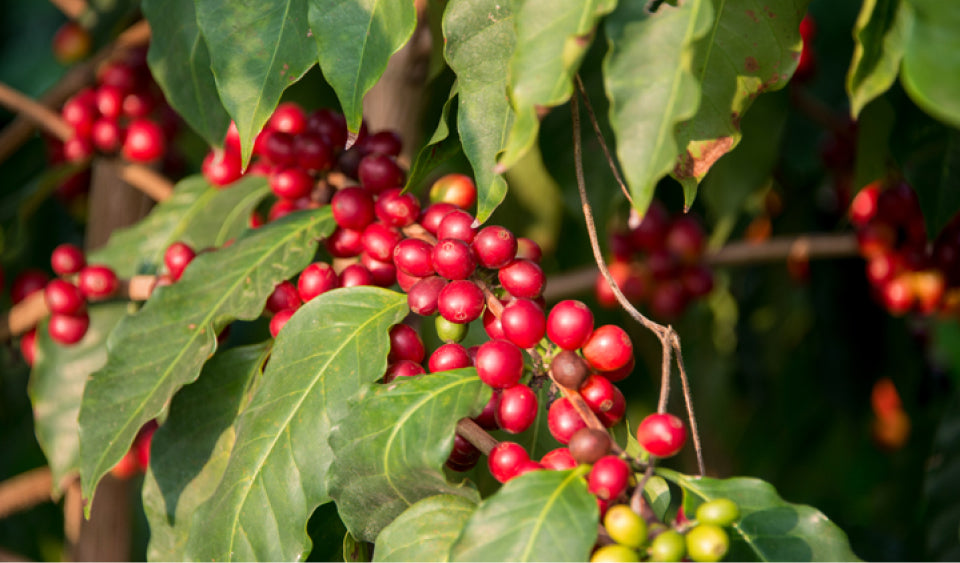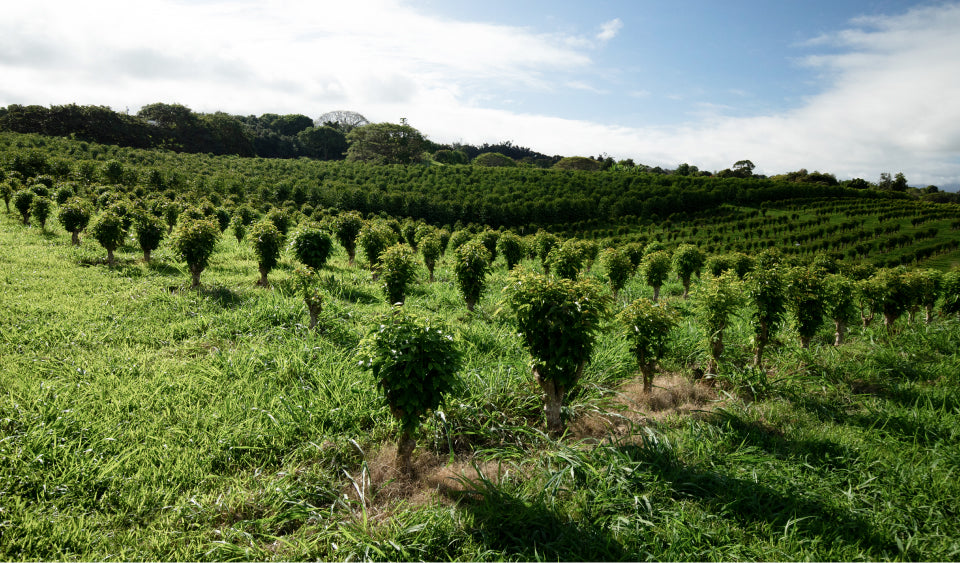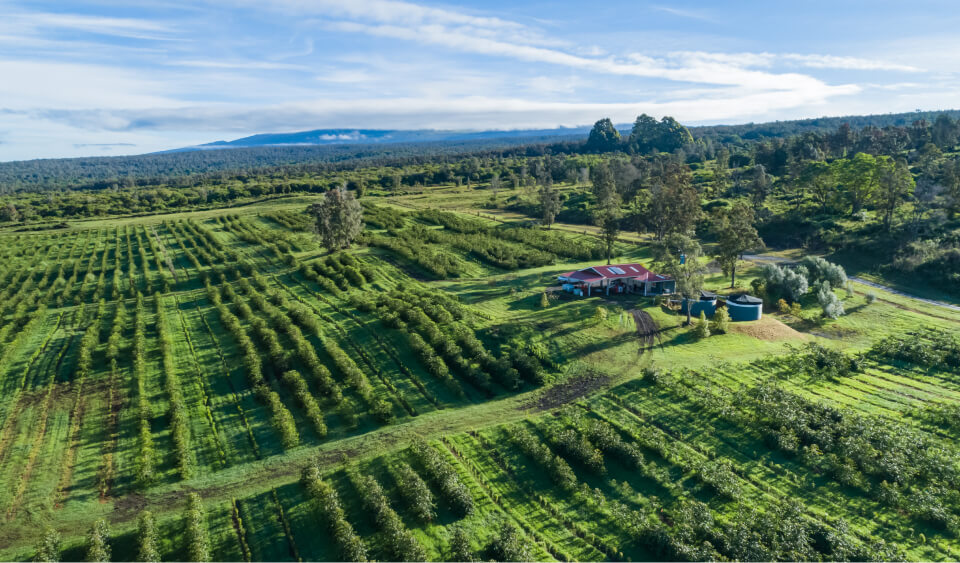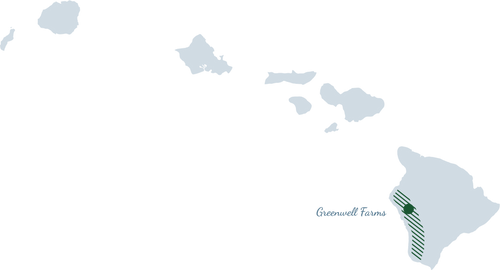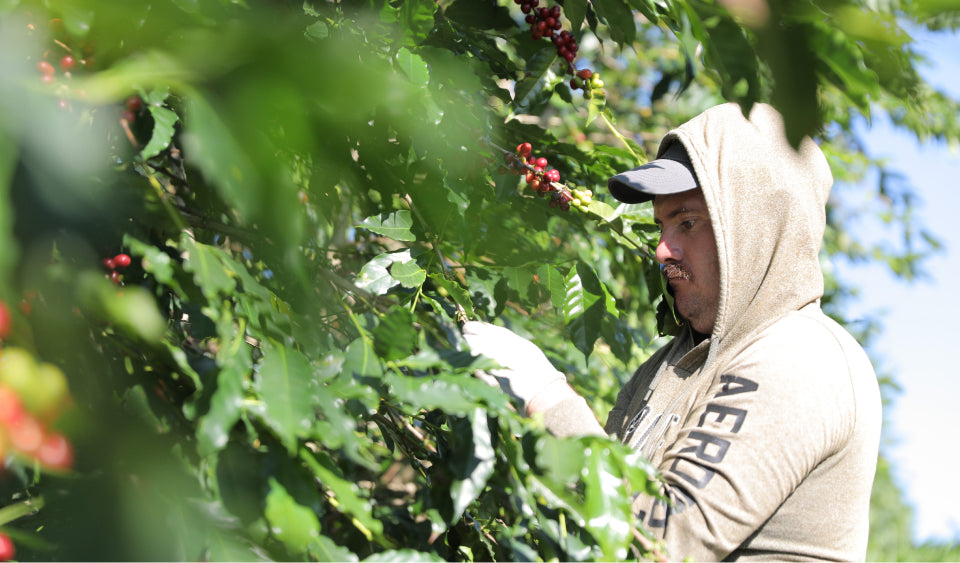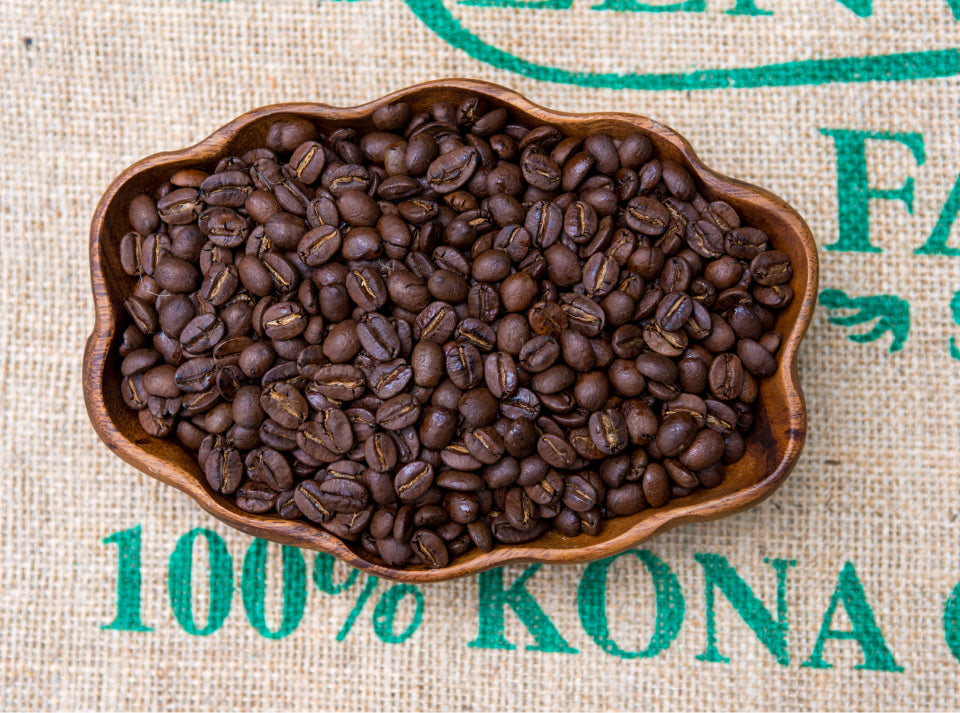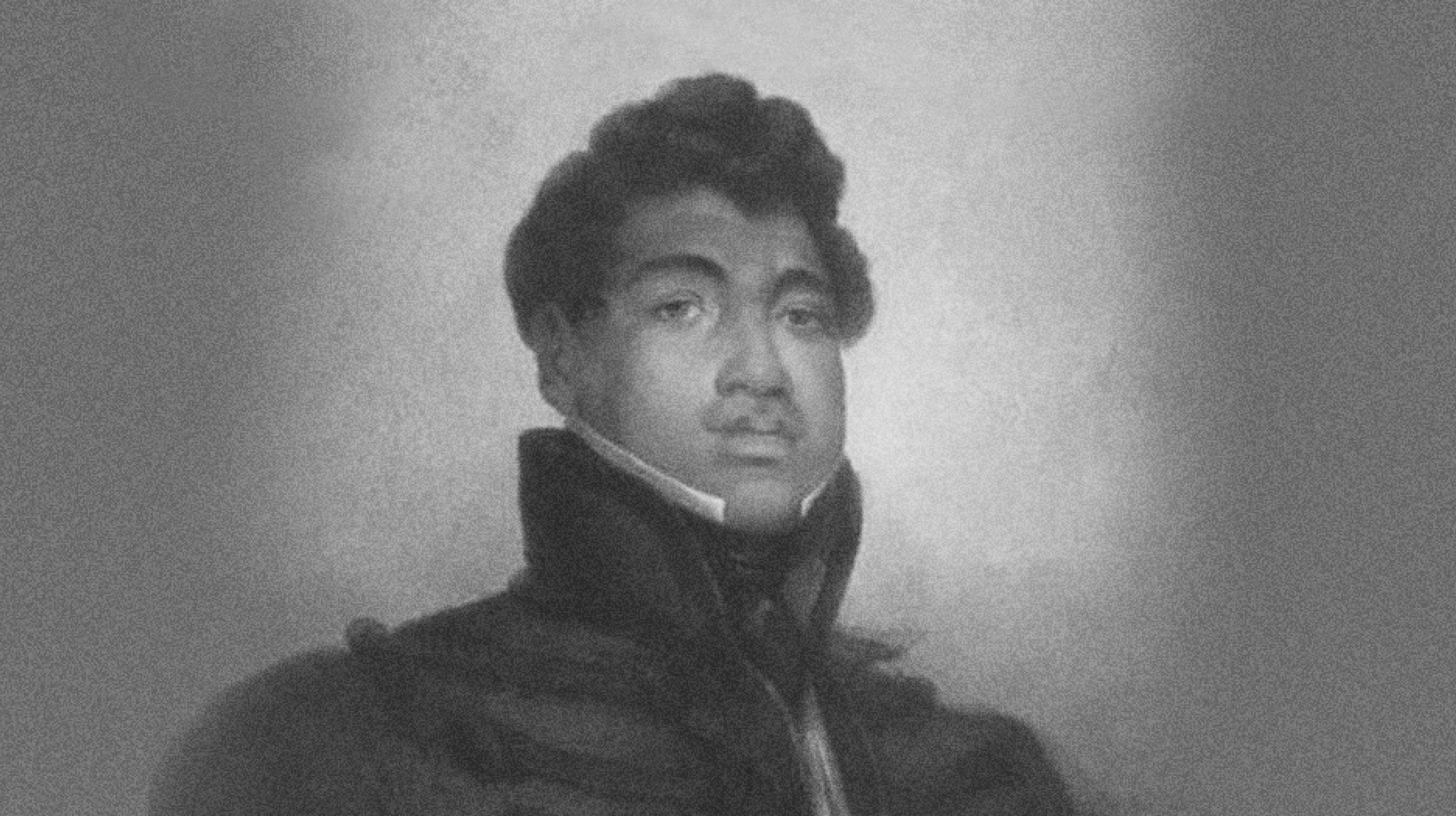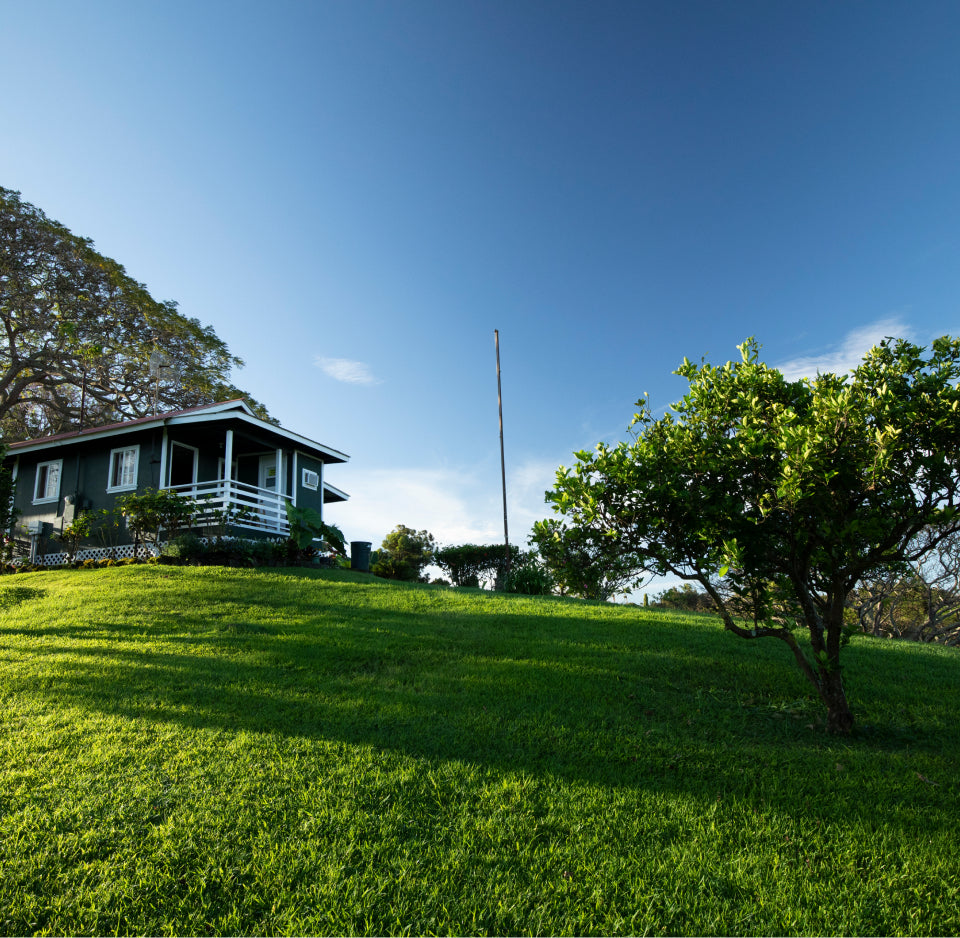The story of Kona Coffee to which you just read a bit of is always in transition. It is an ongoing tale of a local agricultural crop that earned a global reputation. As the specialty coffee movement continues to grow and we as consumers continue to meet new varieties and origins of coffee, there is some pressure on us to be better consumers.
Specialty Coffee Association (SCA) data says that currently the “at-home” coffee market in the United States is worth around 17 billion dollars and the “away-from-home” coffee market is worth around 71 billion.
Within the “at-home” market, only 1 billion is represented by whole bean coffee drinkers. Meanwhile, 16 billion dollars a year is spent on ground coffee and half of that is in individual coffee pods. SCA concludes that most Americans still prefer low cost and convenience to quality and caffeine to flavor, and don’t yet have an appreciation for what makes specialty coffee so different.
With that, there is a growing surge in awareness for one of the world’s most-consumed beverages. We as consumers need to have a better understanding of the nuances in the products we see. There is still a long way to go, but if you love a good cup of coffee, please spend a few hours Googling and YouTubing your way into a new understanding.
RECOMMENDATIONS FOR SEARCHES INCLUDE THE FOLLOWING:
How to make a great cup of coffee?
What makes specialty coffee special?
How does roasting affect coffee?
Different ways to extract coffee
The complexities of caffeine in coffee
These 5 topics will lead you down a path that will revolutionize your interactions with coffee. The beneficiary, of course, will be you! What we’ve found at Greenwell Farms is that rather than trying to “sell” 100% Kona Coffee, we give people the space and opportunity to learn about the complexities of specialty coffee and draw their own conclusions. Eventually, on a journey of discovery into the best coffee this world has to offer, your path will lead to Kona. And if it does, we hope it leads you to a complimentary tour of Greenwell Farms!
